Last Updated
When someone mentions Los Cabos in a conversation, the first thing that comes to mind for most people is the destination’s beautiful beaches.
Twenty-five of those beaches are Blue Flag Certified, meaning that they meet certain quality and environmental standards, one of which is cleanliness.
As Los Cabos continues to uphold these standards, officials are calling on tourists to protect the destination’s beaches.
Read on to learn more about Los Cabos’ stunning beaches and to find out what you can do to help protect them.

Beaches For As Far As The Eye Can See
Los Cabos is made up of two separate towns, Cabo San Lucas and San Jose del Cabo.
Between them, there are more than 20 miles of coastline, with stunning beaches all along the coast for as far as the eye can see.
Each destination has numerous amazing beaches to visit during your Los Cabos vacation.
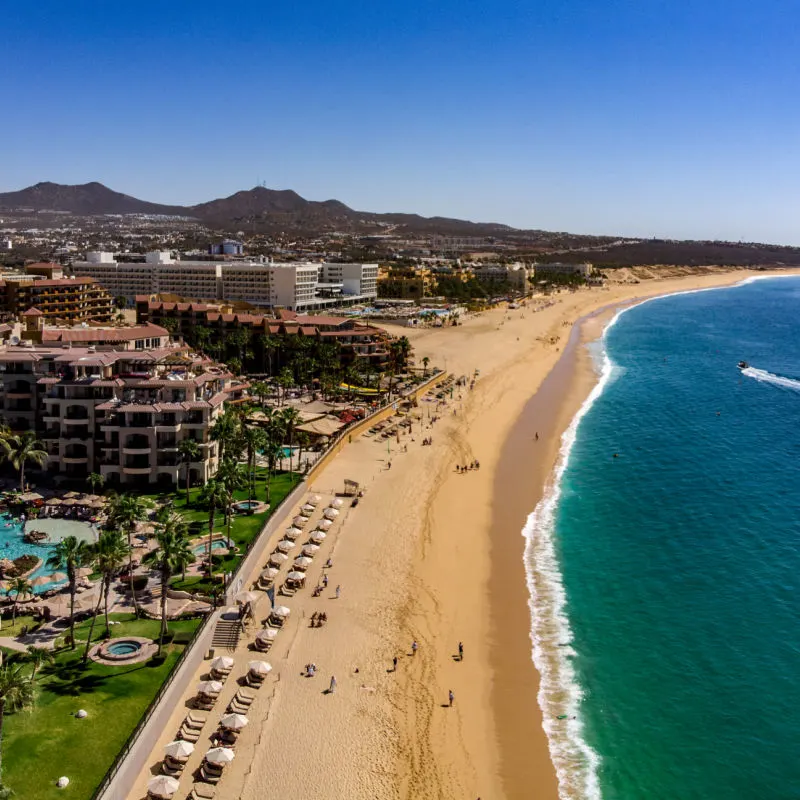
The Importance Of Protecting Los Cabos Beaches
Protecting Los Cabos’ beaches isn’t just about keeping them beautiful, although that is surely an added benefit. It’s also about protecting the environment, though.
Litter being left on the beaches and pollution from certain products disrupt the entire ecosystem.
This affects the environment in ways that we might not be able to see but are no less important, so let’s take a look at three important things you can do to help protect them.
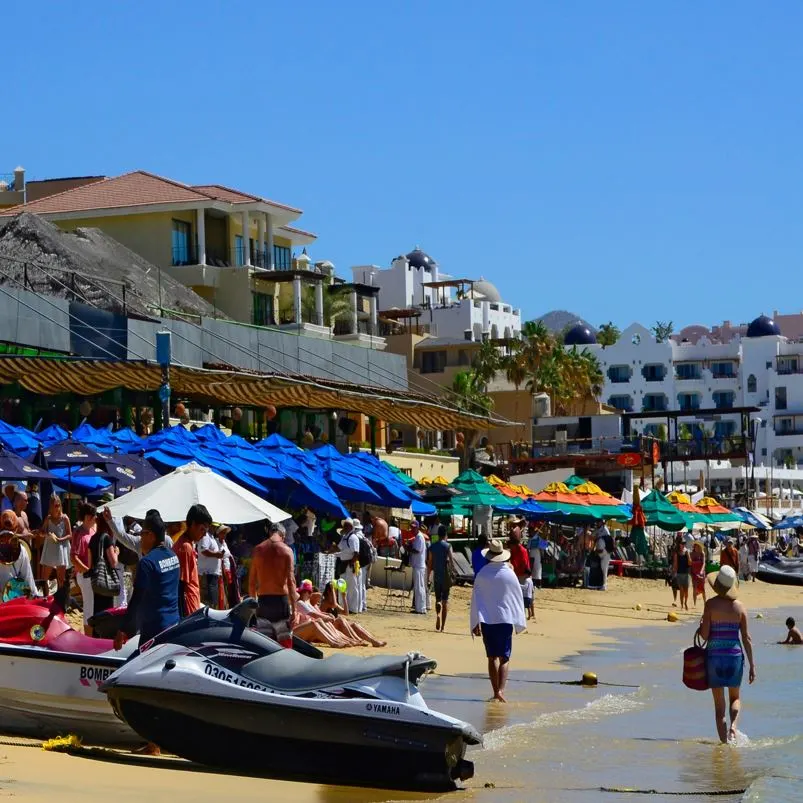
Carry In, Carry Out
One of the most important steps you can take to protect the beaches in Los Cabos is to follow the “carry in, carry out” rule.
This means that you should take anything you bring with you to the beach with you when you leave too.
One of the biggest dangers to a beach’s ecosystem and marine life is trash being left behind, so it’s important to pack it up and carry it out.
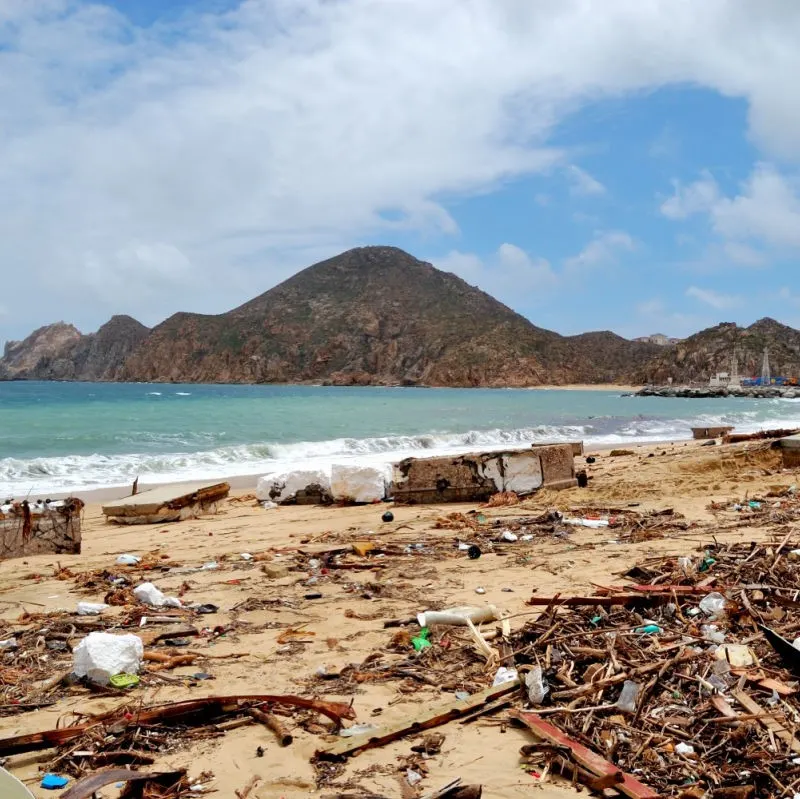
Reef-Safe Products
Another step you can take to help protect Los Cabos’ beaches, one that you may not be aware of, is using reef-safe products.
Specifically, reef-safe sunscreen and tanning lotions are important and can be found online and in most stores.
These products help to reduce the amount of chemicals that end up in the water that can disturb fragile ecosystems.

Avoid Disturbing Nature
Equally important when it comes to protecting Los Cabos beaches is avoiding disturbing nature while there.
Both marine and plant life play a role in the health of any ecosystem.
For this reason, marine life should be left alone, including any hatched sea turtle eggs.
Additionally, plants should be left alone, and sand should not be taken home as a souvenir, as all of these actions can harm the environment.
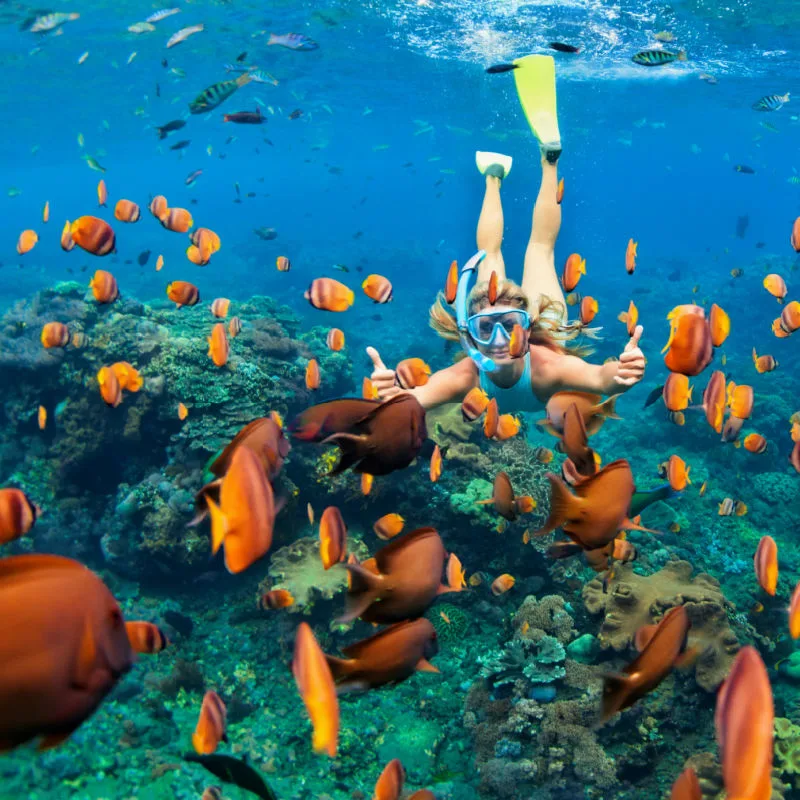
3 Requirements For A Beach To Be Blue Flag Certified
Over 30 different factors are considered when deciding whether a beach is to be Blue Flag Certified.
Inspectors tour each beach to determine if the requirements are being met.
Three of the most important requirements are:
- Good Water Quality
- Clean Beaches
- Environmental Awareness
Los Cabos has more Blue Flag-certified beaches than anywhere else in North America.
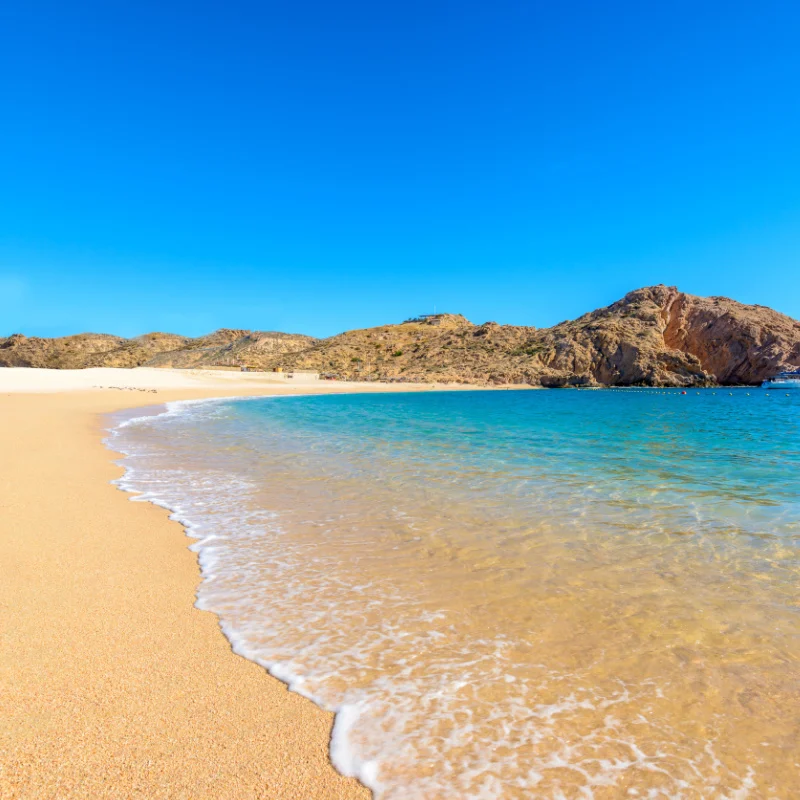
The Most Popular Beaches In Los Cabos
With so many beaches in Los Cabos, how do you know which ones to visit?
One factor to consider is that not all beaches are swimmable, so if this is important to you, then you’ll want to make sure you choose one with safe swimming conditions.
The most popular swimmable beaches in Los Cabos are:
- Medano Beach
- Santa Maria Beach
- Chileno Beach
- Palmilla Beach
Each of these is also Blue Flag certified, and by helping to protect them when visiting, they can remain beautiful for years to come.
Plan Your Next Cabo Vacation:
Traveler Alert: Don’t Forget Travel Insurance For Your Next Trip!
Choose From Thousands of Cabo Hotels, Resorts and Hostels with Free Cancellation On Most Properties
↓ Join The Community ↓
The Cabo Sun Community FB group has all the latest travel news, conversations and current events happening in Los Cabos

Subscribe to our Latest Posts
Enter your email address to subscribe to The Cancun Sun’s latest breaking news affecting travelers, straight to your inbox.
